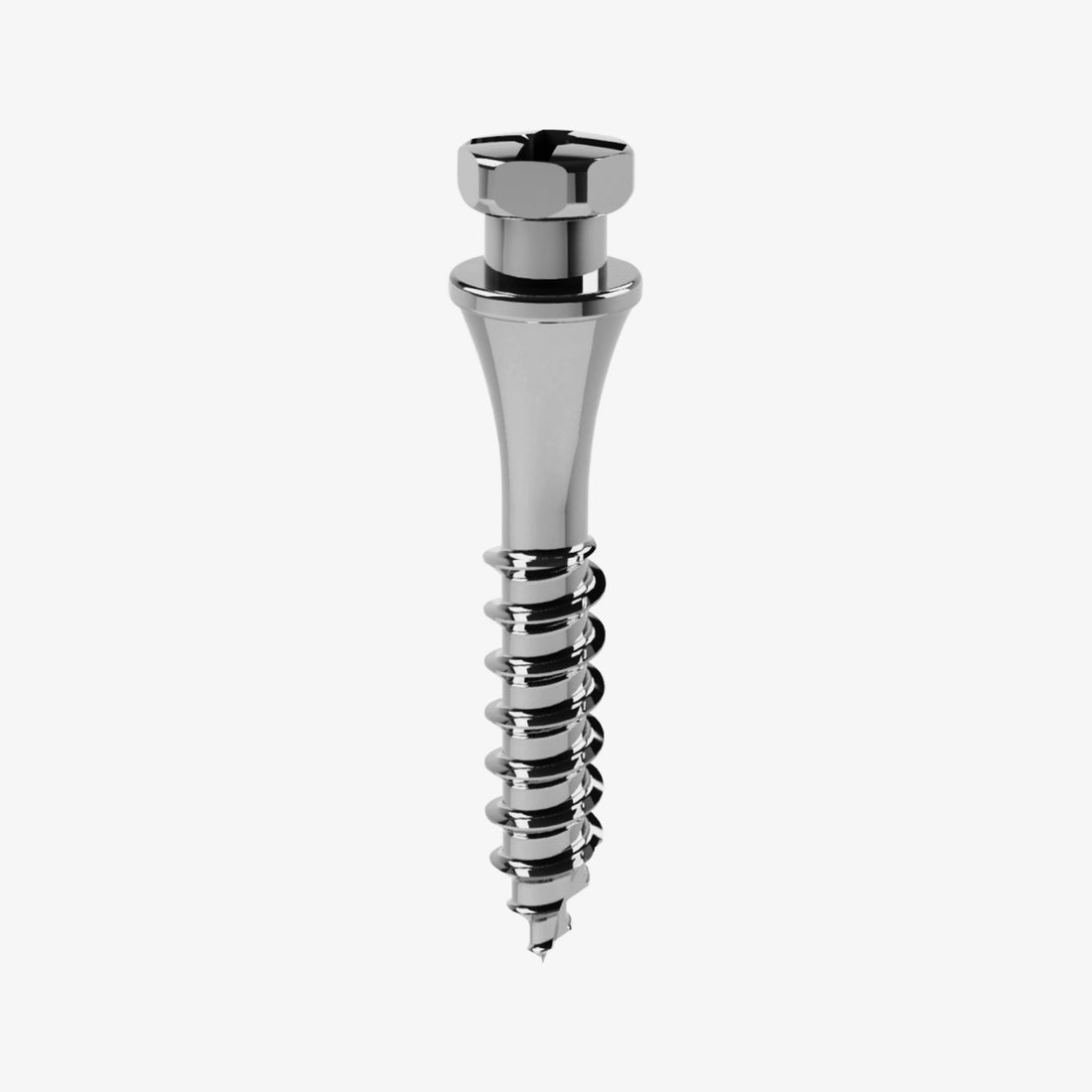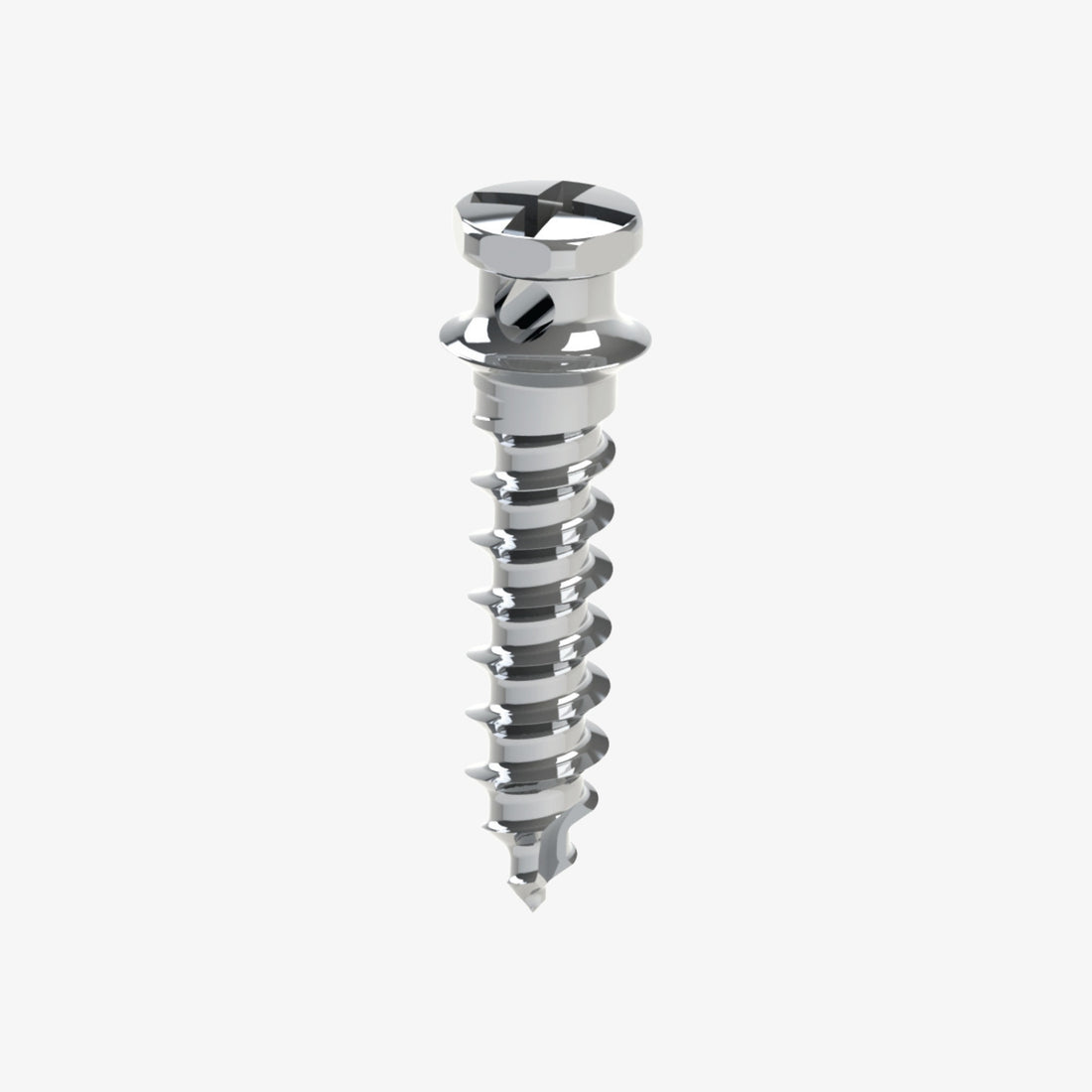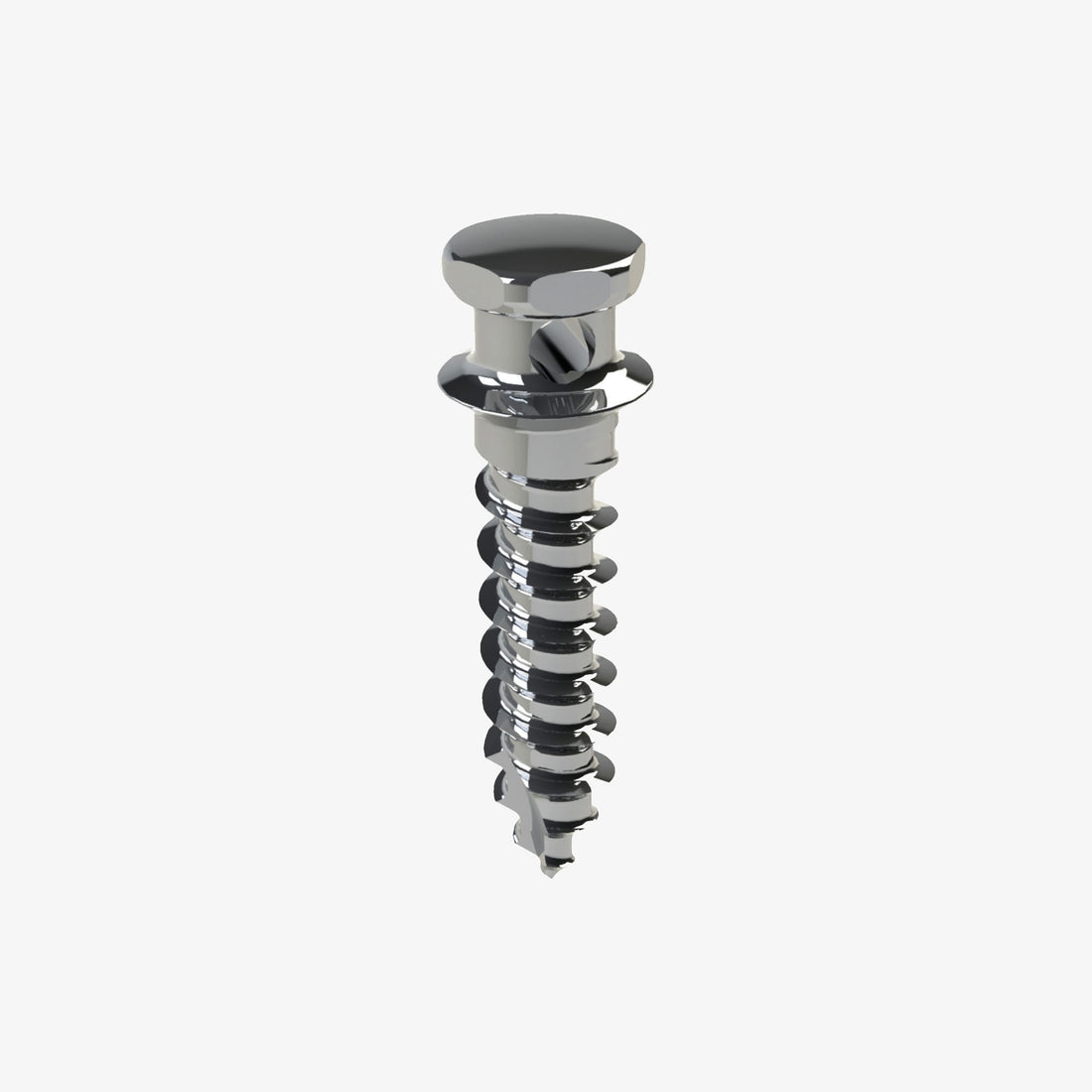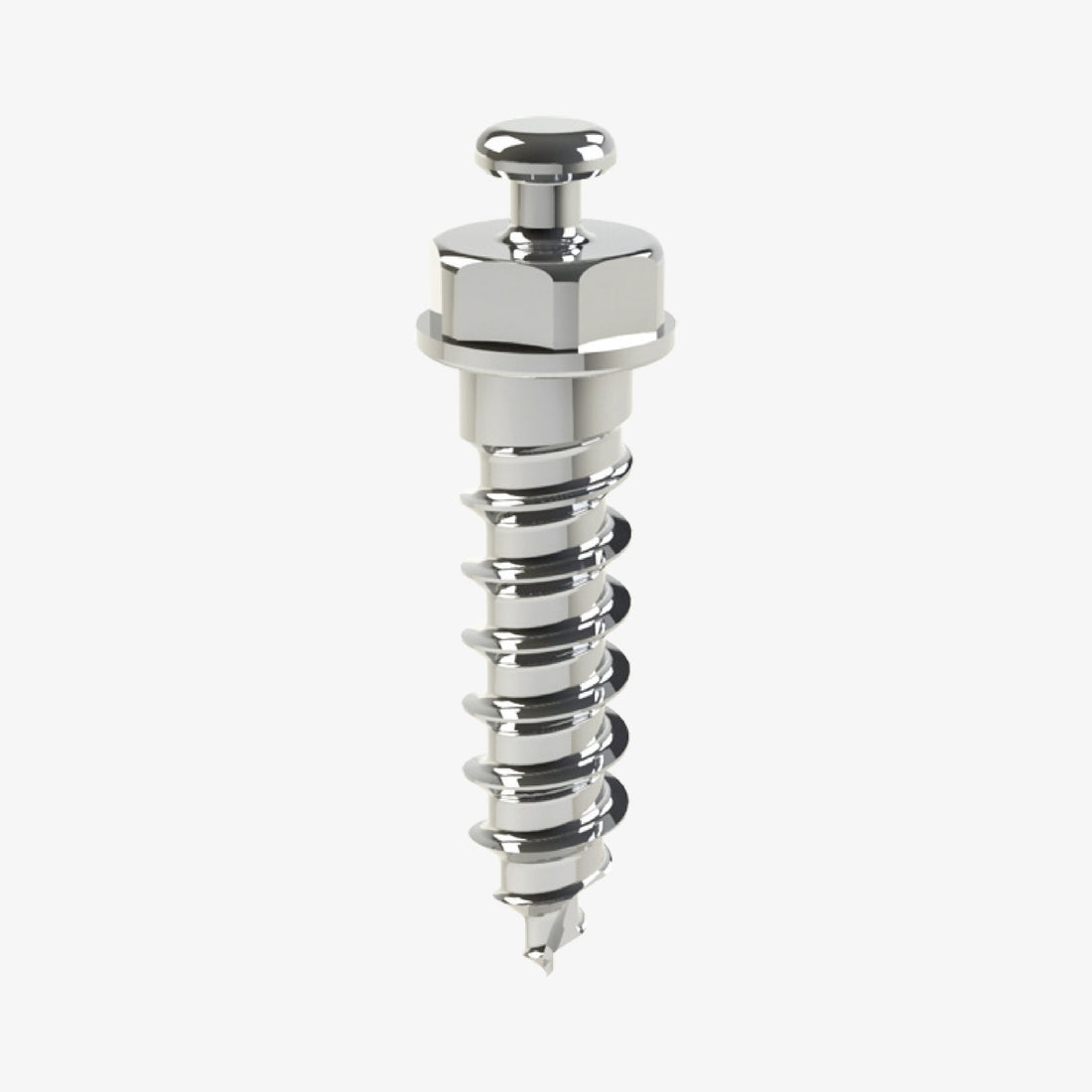Beyond Self-Ligating: Discover the Triamond™ Advantage in Modern Orthodontics
Introduction
Orthodontic treatments have evolved significantly over the years, with self-ligating brackets emerging as a popular alternative to traditional braces. These brackets eliminate the need for elastic or metal ties, using a built-in mechanism to hold the archwire in place.
Among the various self-ligating systems available, the Triamond™ bracket stands out due to its unique design and functionality. This article delves into the distinctive features of the Triamond™ system, comparing it with conventional self-ligating brackets to understand why it's considered more than just another option in orthodontics.
Understanding Self-Ligating Brackets
Traditional vs. Self-Ligating Brackets
Traditional braces use elastic bands or metal ties to secure the archwire to the brackets. In contrast, self-ligating brackets have a built-in mechanism that holds the wire, reducing friction and potentially shortening treatment time.
Types of Self-Ligating Brackets
Self-ligating brackets are categorized into:
l Passive Brackets: These have a simple sliding mechanism that doesn't press against the archwire, allowing for freer movement.
l Active Brackets: These use a spring clip mechanism that applies pressure on the archwire, offering more control over tooth movement.
Introducing TRIAMOND™: A Step Beyond
While self-ligating brackets have improved orthodontic treatments, TRIAMOND™ offers enhancements that address some limitations of existing systems. Its design focuses on biomechanics, patient comfort, and treatment efficiency
Key Features of TRIAMOND™
1. Triangular Slot Design
TRIAMOND™ brackets feature a unique triangular slot that accommodates a diamond-shaped archwire. This configuration allows for precise control of tooth movement from the early stages of treatment. The design facilitates better torque control and reduces the need for frequent adjustments, potentially shortening overall treatment time by up to 50% .
2. WedgeWise Mechanism
The WedgeWise system in TRIAMOND™ brackets introduces a third-class lever mechanism. This biomechanical innovation provides controlled force application, enhancing the efficiency of tooth movement. It also contributes to patient comfort by minimizing unnecessary pressure on teeth .
3. Integrated Clip System
Unlike traditional brackets that require additional components for elastics, TRIAMOND™ brackets have an integrated clip system. This feature allows for the direct attachment of elastics, simplifying the treatment process and improving patient comfort.
4. Non-Locking Clip Design
The non-locking clip in TRIAMOND™ brackets is calibrated to engage only when appropriate force levels are applied. This safety mechanism prevents excessive force application, protecting the patient's teeth and supporting structures.
Clinical Advantages
1. Reduced Treatment Time
The combination of the triangular slot and WedgeWise mechanism allows for more efficient tooth movement, potentially reducing treatment duration by up to 50% .
2. Enhanced Patient Comfort
The design minimizes friction and pressure on teeth, leading to a more comfortable experience for patients throughout their orthodontic journey.
3. Improved Oral Hygiene
With fewer components and a streamlined design, TRIAMOND™ brackets make it easier for patients to maintain oral hygiene, reducing the risk of plaque accumulation and related issues.
4. Efficient Clinical Workflow
The ease of use and reduced need for adjustments allow orthodontists to manage more patients effectively, enhancing the overall efficiency of the practice .
Conclusion
TRIAMOND™ brackets represent a significant advancement in orthodontic treatment, offering unique features that enhance both clinical outcomes and patient experiences. By integrating innovative design elements such as the triangular slot, WedgeWise mechanism, and non-locking clip system, TRIAMOND™ sets a new standard in self-ligating bracket systems.












 0745 100 497
0745 100 497


